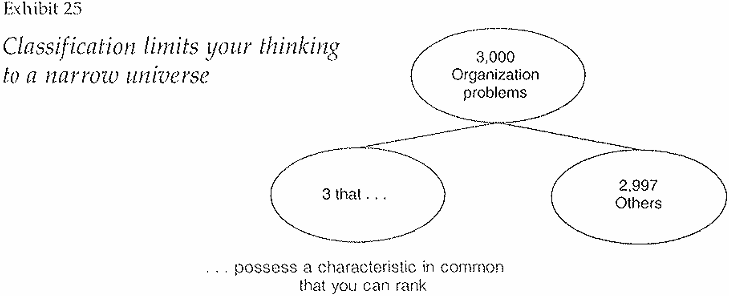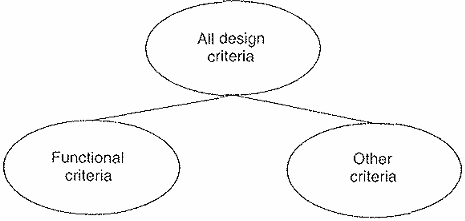

Grammar


Tenses


Present

Present Simple

Present Continuous

Present Perfect

Present Perfect Continuous


Past

Past Continuous

Past Perfect

Past Perfect Continuous

Past Simple


Future

Future Simple

Future Continuous

Future Perfect

Future Perfect Continuous

Passive and Active


Parts Of Speech


Nouns

Countable and uncountable nouns

Verbal nouns

Singular and Plural nouns

Proper nouns

Nouns gender

Nouns definition

Concrete nouns

Abstract nouns

Common nouns

Collective nouns

Definition Of Nouns


Verbs

Stative and dynamic verbs

Finite and nonfinite verbs

To be verbs

Transitive and intransitive verbs

Auxiliary verbs

Modal verbs

Regular and irregular verbs

Action verbs


Adverbs

Relative adverbs

Interrogative adverbs

Adverbs of time

Adverbs of place

Adverbs of reason

Adverbs of quantity

Adverbs of manner

Adverbs of frequency

Adverbs of affirmation


Adjectives

Quantitative adjective

Proper adjective

Possessive adjective

Numeral adjective

Interrogative adjective

Distributive adjective

Descriptive adjective

Demonstrative adjective


Pronouns

Subject pronoun

Relative pronoun

Reflexive pronoun

Reciprocal pronoun

Possessive pronoun

Personal pronoun

Interrogative pronoun

Indefinite pronoun

Emphatic pronoun

Distributive pronoun

Demonstrative pronoun


Pre Position


Preposition by function

Time preposition

Reason preposition

Possession preposition

Place preposition

Phrases preposition

Origin preposition

Measure preposition

Direction preposition

Contrast preposition

Agent preposition


Preposition by construction

Simple preposition

Phrase preposition

Double preposition

Compound preposition


Conjunctions

Subordinating conjunction

Correlative conjunction

Coordinating conjunction

Conjunctive adverbs


Interjections

Express calling interjection


Grammar Rules

Preference

Requests and offers

wishes

Be used to

Some and any

Could have done

Describing people

Giving advices

Possession

Comparative and superlative

Giving Reason

Making Suggestions

Apologizing

Forming questions

Since and for

Directions

Obligation

Adverbials

invitation

Articles

Imaginary condition

Zero conditional

First conditional

Second conditional

Third conditional

Reported speech


Linguistics

Phonetics

Phonology


Semantics


Pragmatics

Linguistics fields

Syntax

Morphology

Semantics

pragmatics

History

Writing

Grammar

Phonetics and Phonology


Reading Comprehension

Elementary

Intermediate

Advanced
Creating Proper Class Groupings
المؤلف:
BARBARA MINTO
المصدر:
THE MINTO PYRAMID PRINCIPLE
الجزء والصفحة:
89-6
2024-09-14
240
In classifying, when you say, "The company has three problems," your mind automatically separates these three problems from all other possible problems the company has or could have, creating a bifurcate structure like that shown in Exhibit 25. The two classes formed are by definition collectively exhaustive, and are of course meant to be mutually exclusive.

You prove they are mutually exclusive by defining quite specifically what characteristic they have in common, and then searching your knowledge to make sure you have included in your grouping all known items with this same characteristic. Then you place them in the order of the degree to which each possesses the characteristic by which you classified it-presenting the strongest one first.
Many people ask me whether, having determined the relative weight of the points, you always have to put the strongest one first. They point out that it would be more dramatic to put the weakest one first and work up to the strongest one. It would indeed be more dramatic, but being dramatic is an emotional consideration, not a logical one, and thus becomes a matter of style. In same cases you may quite legitimately decide to reverse the order for greater emotional impact.
In most cases, however, you put the strongest point first. Thus, suppose you write the following:
Telecom's billing system should be designed to be broadly useful
I. Meet outside customer needs
2. Satisfy internal management requirements
3. Conform to outside regulations
Although the system must meet all three functional needs, the order here implies that the cust0mer is more important to satisfy than the outside regulator. And underneath that assessment was this automatic classification:

It turns out that order based on class groupings is much less widely used in business writing than is either time order or structural order. This is not to say that classifying does not go on. Classifying is a ubiquitous human habit, and people classify everything they see as soon as they see it, simply by naming what it is. But they do not limit themselves to creating classes of points that are alike only by virtue of their possessing a characteristic in common. They also consider ideas to be alike, and therefore classifiable, if they were derived front the same process or drawn front the same structure.
This is a perfectly legitimate thing to do, provided that you are clear about the source of your grouping and reflect accordingly the order it imposes. Here, for example, is a point supported by three "reasons"…
You should not consider a Vendor Capture strategy (Vendor Capture is trading your warehouse space in return for vendor exclusivity)
1. Your warehouses are neither large enough nor ideally located
2. Even if they were, the approach requires double handling
3. Even if you accept that, the possible admin-mileage savings are negligible
…but the order implies an existing structure (you have the warehouse, within which you have the process, from which you calculate the savings).